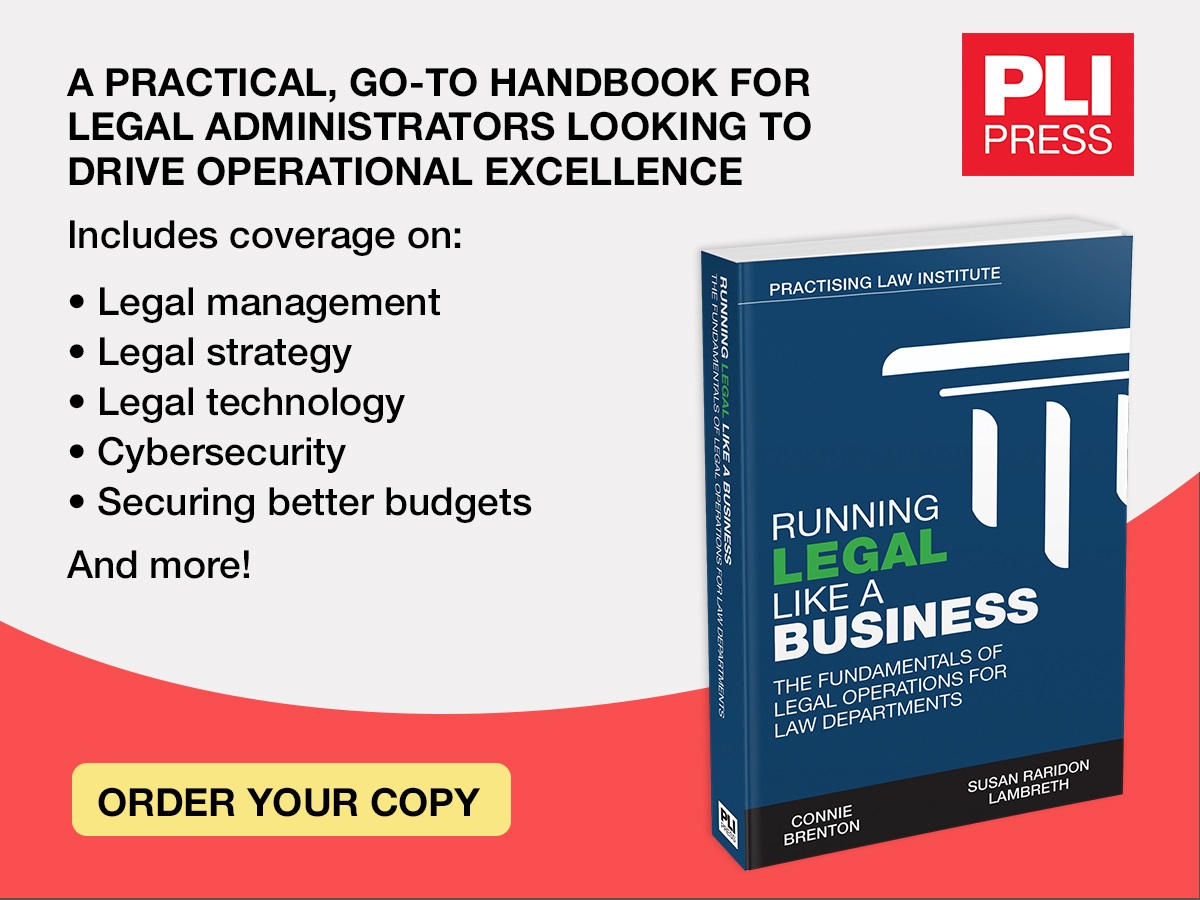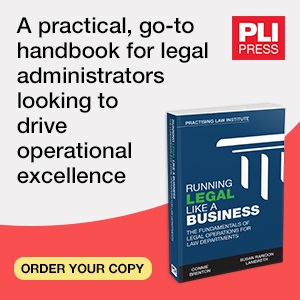Like many initiatives, evaluations require coordination and buy-in from everyone involved and must be structured in a way that provides a clear incentive and a strong “Why” behind the process.
Whether you are looking to implement a process for the first time or improve the one you have, here are six things to consider — from the perspective of both the reviewer and the reviewee.
1. PROVIDE OPPORTUNITIES FOR CONTINUOUS EVALUATION
It can be easy to default to a standardized, yearly evaluation cycle. But a truly effective evaluation process is one that includes continuous opportunities for associates to receive feedback.
Feedback is most effective when it’s received as close in time as possible to the behavior or issue being evaluated. It loses its impact when feedback is given months after the triggering event — it’s simply not as fresh in the reviewer and reviewee’s mind. As a result, the development of behavioral patterns often go unaddressed.
From a practical standpoint, consider implementing shorter check-in meetings — on a quarterly or even bimonthly basis — where partners, supervisors or even peers can provide feedback, share wins and discuss progress that has been made since the last check-in. These incremental opportunities help to build momentum and keep associates accountable for making progress.
This is particularly true for millennial workers who are looking for consistent feedback and personalized attention when it comes to their long-term career goals and day-to-day experience. Specifically, associates prefer to be evaluated “on the spot” as opposed to receiving feedback through a formal review.
“An evaluation process that feels perfunctory without any connection to compensation, advancement or skill-building action items will be seen as a time waste; that’s when we see low feedback provider participation and associates phoning in their self-evaluations,” says Jessica Sisco, Director of Talent at Scale LLP. “The most effective evaluation systems follow a stimulus-response pattern all year long.”
2. MAKE THE PROCESS “LESS FORMAL”
In terms of process, many associates are more comfortable with an evaluation process that is “less formal” than a standardized yearly review.
Day-to-day opportunities to receive instruction and pointers are essential for continual growth and behavior change. In other words, creating a culture where communication and discussion is the norm helps to build trust and can increase the frequency
of the feedback loop.
Alongside your formal reviews, consider branding more frequent opportunities for evaluations in a way that is disarming — for example, a “check-in” or opportunity to “touch base.” These do not need to be elongated reviews and can be offered in 20 to 30 minute increments.
3. EVALUATE FROM A VARIETY OF ANGLES
Though it’s tempting to offer only one evaluation method for efficiency purposes, consider how you might offer opportunities for evaluation in different forms and mediums.
“Approach the evaluation process from a variety of angles,” says Sisco. “Offer email and in-person opt-in sessions that share examples of effective self-evaluations and feedback.”
“Feedback is most effective when it’s received as close in time as possible to the behavior or issue being evaluated. It loses its impact when feedback is given months after the triggering event.”
For example, offer one-to-one coaching opportunities for associates to craft the most helpful self-evaluation and do the same for partners who are tasked with doing the evaluating. Provide 15- and 20-minute pop-up sessions or short video overviews that offer everyone a window into how to provide and implement feedback effectively.
Coach them through how to deliver both positive and constructive feedback to arrive at an end result that benefits everyone on the team.
4. PROVIDE SPECIFIC EXAMPLES
When writing evaluations, encourage your evaluators to tie their comments to as many specific examples as possible. Although generalized comments are helpful for communicating themes, they do not allow associates to translate the feedback into actions that can be realized at a day-to-day, situational level.
When given real-life examples, it allows associates to spot opportunities to actually apply the feedback and use it to foster real, tangible changes in behavior. This often requires the provider to take an extra step but it’s an essential part of the process.
Giving constructive feedback can be difficult to provide, but it’s that type of feedback associates want. According to the
Harvard Business Review, employees prefer “corrective feedback” over praise and recognition because it offers a path forward to improvement.
When writing self-evaluations, also consider encouraging your associates to use specific examples to make their case. For the same reasons explained above, specificity provides those reading the evaluations a chance to see their work and progress in action.
5. TIE EVALUATIONS TO SPECIFIC ACTION STEPS
The evaluation process is only effective if it actually translates into tangible steps. Therefore, feedback must be clear and actionable in order to make the most of the evaluation process.
“[When crafting a process], create communication plans that explain the value of engaging in the process, keep all stakeholders accountable, make the evaluations easy to access and complete and tie the process to ROI for both the evaluators and the associates,” says Sisco.
In other words, identify the action steps that both sides agree to take away from the process. Every evaluation should be tied to outcomes that address the substance and nature of the feedback.
“The evaluation process is only effective if it actually translates into tangible steps. Therefore, feedback must be clear and actionable in order to make the most of the evaluation process.”
Similarly, the actions and individual goals outlined in the evaluation should be linked to the firm’s development competencies and overall strategy. The ability to see how the feedback fits into the bigger picture of the firm’s strengths and weaknesses helps contextualize the feedback and provide clarity regarding the associate’s career trajectory.
6. DEVELOP A CULTURE OF FEEDBACK
Finally, truly effective evaluation processes are defined by what happens in between the evaluations themselves. True change happens at the daily interaction level. So if you’re looking
to make the most of your evaluations, consider what efforts you might make to instill a culture of feedback at your firm.
Throughout the year, offer trainings or workshops that teach your teams how to provide effective feedback, deliver constructive criticism and open channels of communication. Trainings like these are highly effective when conducted with small- or medium-sized teams and include everyone in the team’s work ecosystem.
A culture of feedback both builds perspective and is motivational because it shows a dedication from everyone on the team to improvement.
Although there are many things that contribute to an effective associate evaluation process, remember that crafting a process that works best for your firm is a fluid undertaking that should be reviewed consistently and refined incrementally over time. Consider asking some key stakeholders for their feedback and input on how best to design and administer the reviews. No process will be perfect — so be open to designing it with an eye toward progress.


